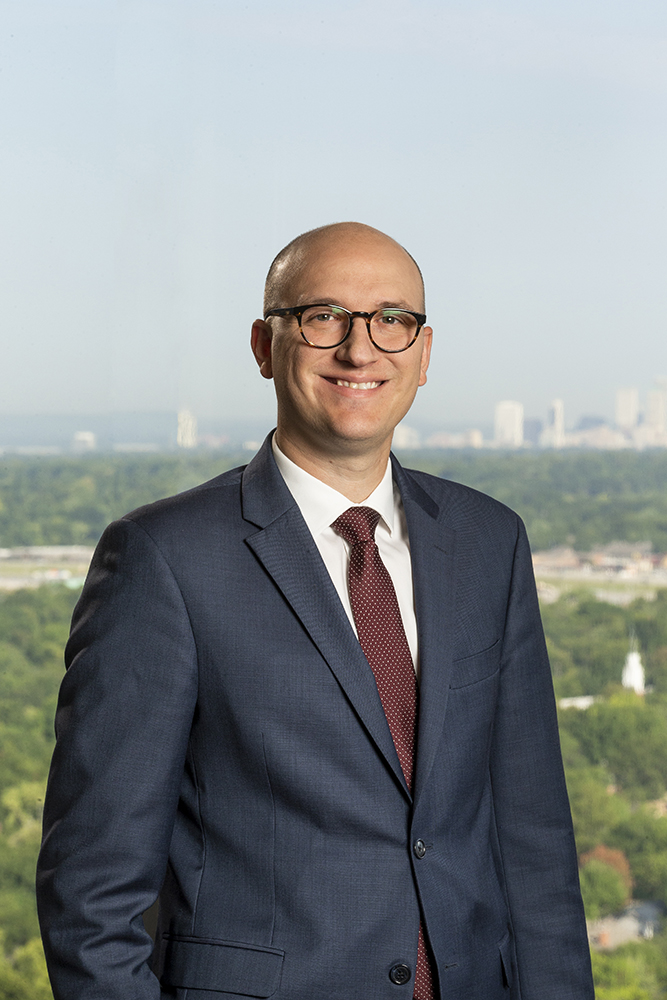Retirement Income Planning:
Escaping from the Daily Grind
By Michael Hopper
I recently found myself in the market for a new coffee grinder. Having never truly been satisfied with the prior model, I poured myself into researching a replacement. Blade grinder or burr? If burr, conical, or flat? Automatic or manual? Altogether, I spent well over six hours determining how best to deliver my caffeine fix each morning.
Although it may not have been a coffee grinder, odds are you too have invested far more time than necessary researching some banal household purchase. But if you are nearing your retirement or are already in the midst of it, how much time have you have considered your income strategy in retirement? Was it more or less than the time spent on your last Amazon.com purchase?
Since the mid 1990’s, one of the cornerstones of retirement income advice has been a concept known as the Four Percent Rule. Originally described by William Bengenin, this rule of thumb states that retirees with balanced portfolios consisting of a mix of both stocks and bonds should be able to withdraw four percent of their savings in the first year of retirement, then adjust that amount for inflation each year thereafter. At this withdrawal rate, their retirement portfolios should safely last at least 30 years, i.e. the length of a typical retirement.
Lately, however, the Four Percent Rule has been called into question. The 2008 financial crisis coupled with persistently low-interest rates has cast doubt on whether this strategy is sustainable over the lifetime of a retiree. Many criticisms have centered around something known as sequence risk, essentially the risk that a period of extremely poor investment returns (à la 2008) occurs at the beginning of your retirement when it would have the largest impact versus at the end when it would have a smaller one. Other critics have pointed out that assuming retirement will only last 30 years may be unrealistic considering the increasing life expectancies of most Americans.
Even if there is no such thing as a safe withdrawal rate, the concept was never intended to be a prescription requiring absolute adherence. Most retirees do not spend some predefined number each and every year in retirement; life happens and spending needs wax and wane over time. Not to mention, it should become relatively apparent within the first decade of retirement as to whether the sequence risk resulting in the worst-case scenario has or has not occurred. If you enter retirement with $1 million and 10 years later have $3 million, will you continue to withdraw from your savings based on some inflation-adjusted arbitrary number you set a decade earlier? Nonetheless, establishing a reasonable withdrawal amount is a critical first step for retirement income strategies.
Besides selecting an optimal withdrawal rate, there are other strategies retirees can use to extend the life of their retirement savings. Determining where to locate different types of investments across a retirement portfolio comprised of accounts with varying tax treatment—taxable accounts, tax-deferred accounts like IRA or 401(k) accounts, or tax-exempt Roth accounts—can help make the most out of existing savings. Additionally, the order in which funds are withdrawn from those same types of retirement accounts is important.
Though none of these changes will ever make up for saving too little or spending too much, in aggregate they can significantly impact the longevity of a retirement portfolio.
Unfortunately, when it comes to retirement, there are no easy answers. It is important to have a plan and even more so that you revisit that plan frequently. Working with a financial advisor who is familiar with retirement income planning can also help tremendously.
No matter what you do, avoid placing a greater emphasis on finding your next coffee grinder than you do on providing for your retirement income. Otherwise you may end up with the means to make the perfect cup of coffee yet lack the funds for the beans.
Michael Hopper
Vice President
(918) 744-0553
mhopper@trustok.com





